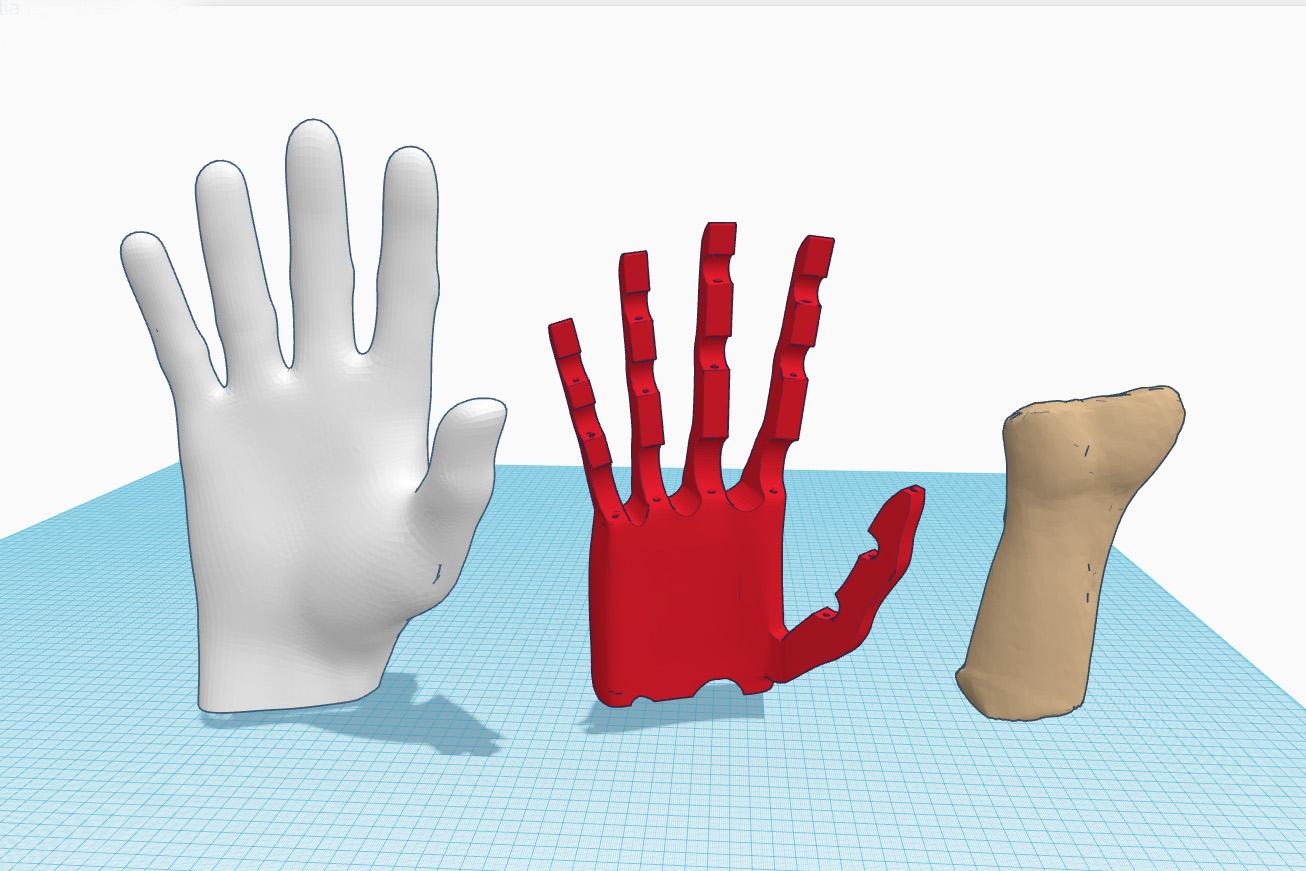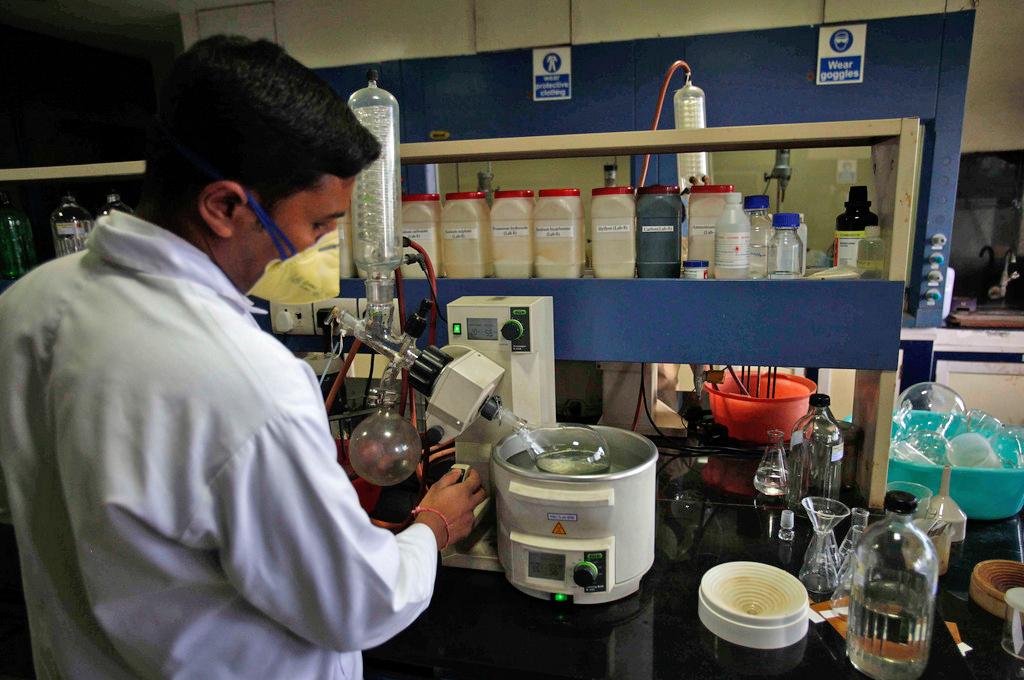Can you be risk-averse and innovative?
Both Switzerland and India are risk averse but the comparison ends there. The former diligently calculates risk and the latter is finally talking about it - we hope
Start Up IndiaExternal link fascinates me for the promise it holds and difficulties it profiles. Packed in this ambition are risk and innovation, technology and design and hopefully baby steps for the root and branch changes our education system so badly needs. Hold that thought for a bit.
We have all seen those potato peeling and cutting machines at trade fairs trying to grab attention between giant wheels and cotton candy. None of them is patented, copycats abound and no leading Indian potato-cutting machine is on the Indian and global market.

Patents are critical to innovation and an invention becomes an innovation when we have a market strategy in which market disruptions have also been factored in. The product has to be as interesting as the process. This requires discipline and genuine ambition, two factors missing in the way Indians learn and teach from a very young age. You cannot suddenly tell generations to go out there and take a risk when all their lives they have been taught the opposite. It will take time during which their pursuits have to be invested in and encouraged.
In 1941, George de Mestral returned home from one of his trips in the Swiss Alps with his hunting dog to find that several burdock burrs (seeds) were stuck to his clothes and the dog’s fur. Under a microscope, he saw hundreds of hooks that caught on to anything with a loop such as clothes, animal fur, hair, socks, etc. In this was the possibility of binding two materials reversibly in a simple manner, but how was he going to duplicate the hooks and the loops? In 1955, he successfully patented the hook and the loop. Velcro was born and now sells thousands of metres via a multi-million dollar company.
De Mestral had designed a toy airplane when he was 12 and secured a patent. He was financially well off and could devote time to the project with an employer – many Indians are in the same place, but innovative ways of thinking are yet to hit the ground running across India’s economic sectors.
I am a believer in responsible disruption in science and technology. As I read about Start Up India and the importance of disruption given to it, I think of the potato machine and Velcro. Where is the axe going to fall? Bureaucrats and politicians are going to have to deal with long lines of people each with one ‘invention’ – so we need a clearinghouse to whet the projects.
Do we have people qualified to spot that winning product which may not come from the IT sector but which could generate massive employment? This has probably been thought through. Start-ups are about many things, but most importantly they are about curiosity, passion and the stamina to stay the course. Imagination is more important than intelligence said a certain Albert who went on to become Einstein. Start-ups are also about money, resilience to failure and the capacity to bounce back. Start-ups are not about you – they are about what you bring to the table.
And finally, start-ups are about risk. Risk is what brought us out of caves and curiosity is what has kept us prospering and progressing. My country of birth India and country of adoption Switzerland are risk-averse and in them I live both edges of the spectrum. An appreciation of this makes the latter a world leader in innovation and India a laggard. It does not have to be that way.
With a population of eight million (comparable to a large Indian city) Switzerland has over ten global brands ranging from pharmaceuticals to machine tools, agro-industry to banking, hotels and horlogerie. Over 93% of companies in countries are SMEs, the smallest employing between 7-10 people and the largest having some 500 people. Processes across companies are the same. How does this work?
It starts at the very beginning – in school. Every child has to arrange shoes in one designated spot, every child has to stand in line to be served – there are no favourites and the process is part of the daily routine and discipline. The favourite is the system – all children in Switzerland have access to free and quality education.
This type of a foundation helps the development of three planks, which spur innovation – creative output, knowledge and technology output and businesses processes and sophistication. The 2015 Global Innovation Index (GII) placed the country at the top for the fifth consecutive year. I am not a believer in ratings, but since I have spent 30 years in this country, I see what that means.
You see near-perfection everywhere. If you travel by train, every screw is perpendicular to the floor. If you walk, every footpath and curb is exactly the same across the country. If a car is parked badly, it has French or Italian number plates – no racism here, just fact. If you want to build a house, the entire neighbourhood is invited to view your plans to ensure nothing is out of place. Nobody throws a toffee wrapper out of the car and the countryside is so neat you’d think the world’s manicurists work here 24/7. Dog poop on the road is picked up by owners and deposited in designated bins.
When I first arrived to live here, I learnt fairly quickly that what is not mandatory is prohibited and the Swiss do not build anything without first ensuring maintenance and service. In other words, all risk is examined, eliminated and almost nothing except inclement weather is left to chance. This level of sophistication and coordination across a people can only come through hard work, discipline and respect. Predictability becomes a habit.
Switzerland has also invested in world class institutions, which are building blocks for innovative thinking and research. Swiss companies are masters in turning research results into market-ready products. Barring a few, Indians are not very adept at developing robust go to market strategies because there is a fear of not following through – the jugaad attitude. If ten things have to be done, we focus on the first five while the back end falls apart due to neglect. I hope Start Up India ensures end-to-end predictability from cost of borrowing capital to first profits.
I mentioned innovation earlier on. Switzerland offers sophisticated fiscal and legal conditions for centralised management and utilisation of intellectual property (IP) rights through a single window clearance. There are small Swiss communes where some of the world’s largest conglomerates deposit their patents. In many cases, this results in lower tax rates for licence holders within holding, principal, domiciliary or joint companies. The country, which has a large number of competent, multi-lingual IP specialists in addition to being a member of all major international IP organisations, gives out one message. Switzerland is an ideal environment for the protection, use and commercialisation of intellectual property within the country and beyond. Some Indian companies have recently woken up to this reality – others should follow.
The Swiss also publish a lot of research in reputed journals. In scientific and technical journals, Swiss publications are cited on an average more frequently that other global publications are. There’s competition on the ground, but also intellectually leading to an environment that is wired to sounds.
Indians complain that getting published is an international racket. Coming from a country where racketeering is a national pastime, that is a loser’s argument. Why don’t our scientists and thinkers publish more in peer-reviewed journals? If Swiss companies have been competing successfully against international rivals in a range of industries for decades, it is because their roots are strong. Global corporations as well as SMEs make on-going investments in research and development (R&D) in order to stay ahead on the IP curve, which in turn helps them improve processes, services and products.
India recently announced Smart City projects across the country. A quick study shows they will be smart areas in these cities, but the move must be welcomed. I see Pune and Coimbatore running with it principally because they have a large pool of qualified people and an intellectual and research environment which can take the next step to cleaner and greener technologies faster than those just beginning to develop. Estimates suggest that India requires $150 billion for its smart city projects. Risk-takers and innovators will tell you if you have a clear plan and back it up with hard work and zero tolerance for mediocrity, money will come. It’s the process that is often the problem. Nepotism is innovation’s worst enemy.
There’s a good chance that the NDMC area of New Delhi – part of the smart city project – will see a lot of nepotism and mediocrity.
Postscript: The new buzz is India’s economy has strong head winds – fasten your seat belts! We are told we are standing on the brink (why are we always on the brink) of a technological revolution that will fundamentally change the way we live, work and relate to one another. It’s called the Fourth Industrial Revolution.
The First Industrial Revolution used water and steam power to mechanise production. The second used electric power to create mass production. The Third used electronics and information technology to automate production and the Fourth, building on the Third is a continuum of the digital revolution that has been occurring since the middle of the last century and will be characterized by the fusion of technologies that is blurring the lines between physical, digital and biological spheres. This fourth thing is slated to create a billion jobs in the next decade, 70% of which do not exist today. I am not saying this. The self-appointed movers and shakers of the world and fawning Indians who gathered in Davos last week couldn’t get enough of this garbage and why it was important to do this.
I have one wish from bureaucrats and politicians. Do what is necessary. The Fourth Industrial revolution can wait.
This opinion piece was first published inThe News MinuteExternal link
The views expressed in this article are solely those of the author, and do not necessarily reflect the views of swissinfo.ch.
swissinfo.ch publishes op-ed articles by contributors writing on a wide range of topics – Swiss issues or those that impact Switzerland. The selection of articles presents a diversity of opinions designed to enrich the debate on the issues discussed.

In compliance with the JTI standards
More: SWI swissinfo.ch certified by the Journalism Trust Initiative




You can find an overview of ongoing debates with our journalists here. Please join us!
If you want to start a conversation about a topic raised in this article or want to report factual errors, email us at english@swissinfo.ch.